What happened when Sainsbury’s funded a food waste war in Swadlincote
For the past year Sainsbury’s has been funding a war against food waste in Swadlincote, Derbyshire. But was it successful? Hazel Sheffield investigates
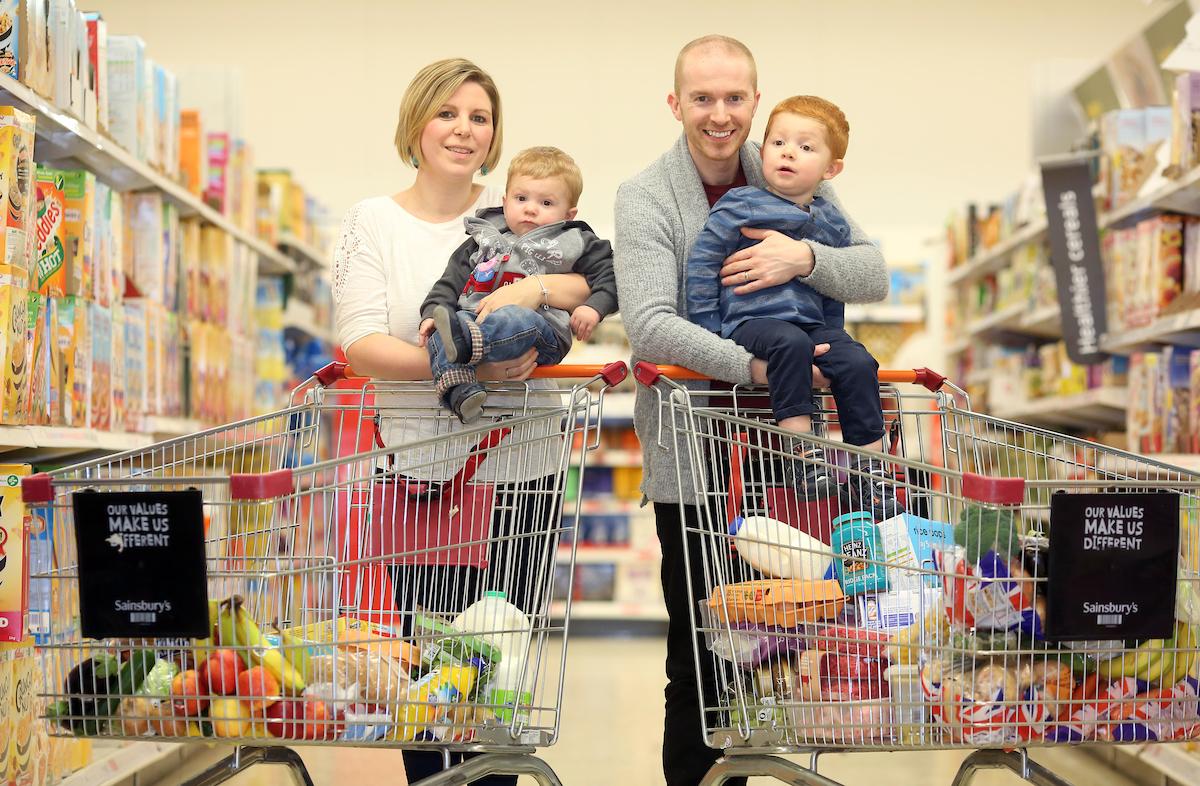
Your support helps us to tell the story
From reproductive rights to climate change to Big Tech, The Independent is on the ground when the story is developing. Whether it's investigating the financials of Elon Musk's pro-Trump PAC or producing our latest documentary, 'The A Word', which shines a light on the American women fighting for reproductive rights, we know how important it is to parse out the facts from the messaging.
At such a critical moment in US history, we need reporters on the ground. Your donation allows us to keep sending journalists to speak to both sides of the story.
The Independent is trusted by Americans across the entire political spectrum. And unlike many other quality news outlets, we choose not to lock Americans out of our reporting and analysis with paywalls. We believe quality journalism should be available to everyone, paid for by those who can afford it.
Your support makes all the difference.In the last year Lisa Edwards, a mother of two from Swadlincote in South Derbyshire, has managed to save an average of £15 a week on food for her husband and small family. She used to buy the same groceries every week.
Now she plans meals before the shop, saving around £10 some weeks and up to £20 on others as the family eats up every scrap that’s left.
“By the end of the week, the fridge is completely bare. It looks bare for a couple of days before by most people’s standards, but I know it’s got meals in it. I was a bit panicked by that to start,” she says.
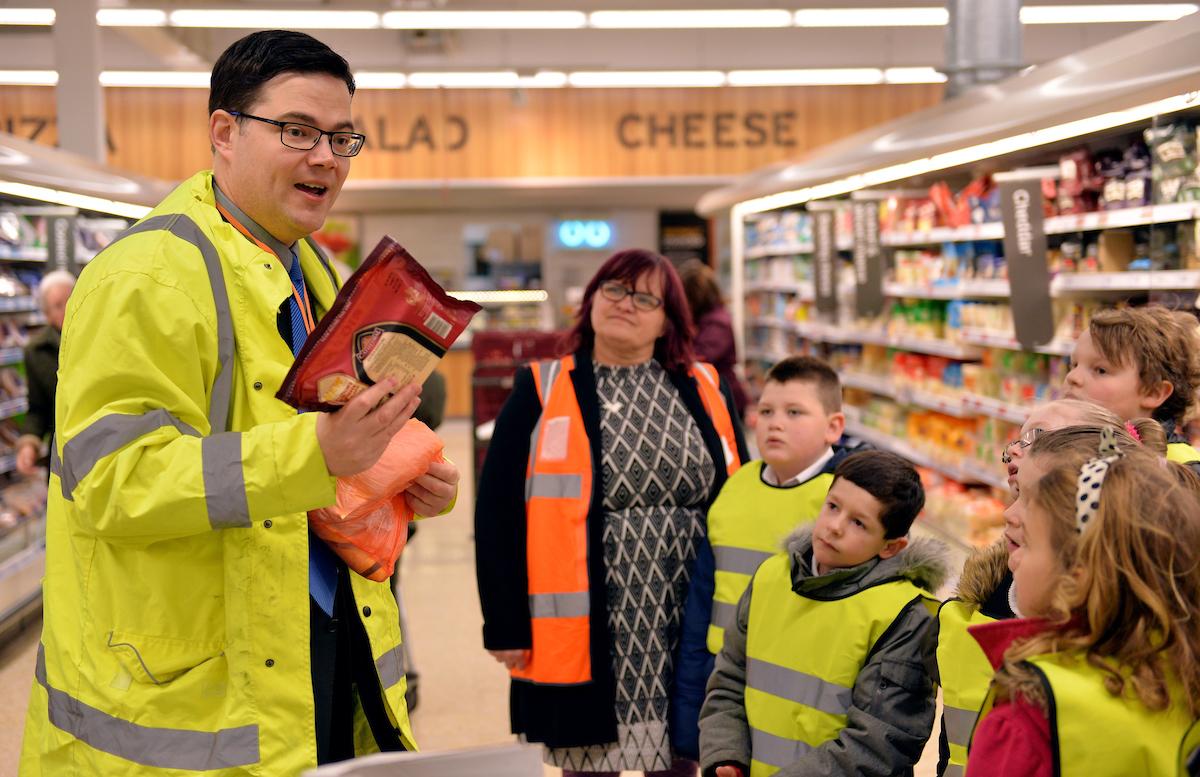
The Edwards have embraced an experiment run by Sainsbury’s. The supermarket set an ambitious target to cut household food waste in Swadlincote by 50 per cent. The town was chosen out of 180 possible locations to receive £1 million towards this goal as part of the supermarket’s Waste Less, Save More programme.
During the year, Sainsbury’s worked with South Derbyshire Council and community groups to test initiatives including a walk-in community fridge, giving out free fridge thermometers at checkouts and running educational visits to schools.
The results of the trial are due to be published in May. Though Sainsbury’s has denied reports that the 50 per cent target will be missed, it has released several statements managing expectations. “I always say that we’re aiming for the stars, so it’ll still be a success if we land on the moon,” Paul Crewe, head of sustainability, has said.
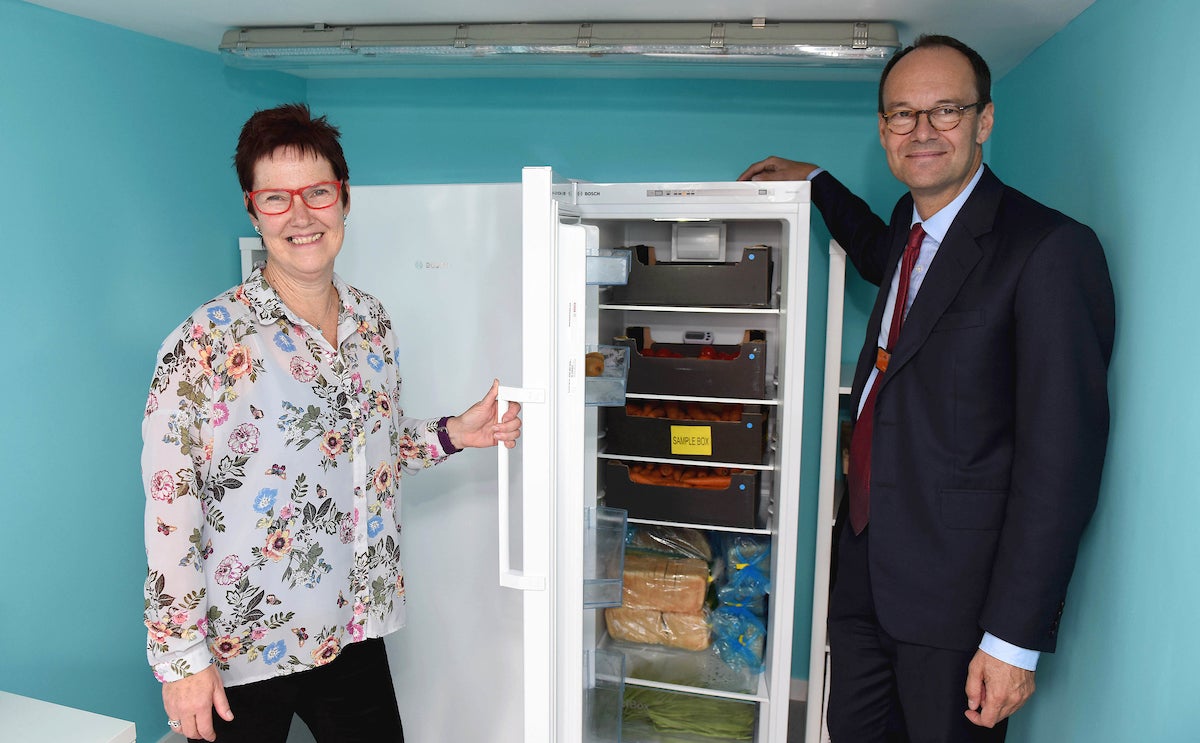
In the meantime, Sainsbury’s has pledged a further £1 million to expand the programme to other UK towns in 2017, informed by the experiments that were successful and learning from those that were not.
Sainsbury’s is the second largest supermarket in the UK, after Tesco. It has invested £150 million over the last two years in cutting prices, presumably to make people buy more. Why would it want to invest money in getting people to buy less in the name of food waste?
“Our customers asked us to do it,” says Debbie Clark, Waste Less, Save More programme manager. “A couple of years ago we did research into it and our customers said reducing waste in the home was the number one priority for them. We’re committed to building trust with our customers and hopefully improving loyalty. So if we’re to help them save on their bottom line they should come back to us and stay with us for longer.”
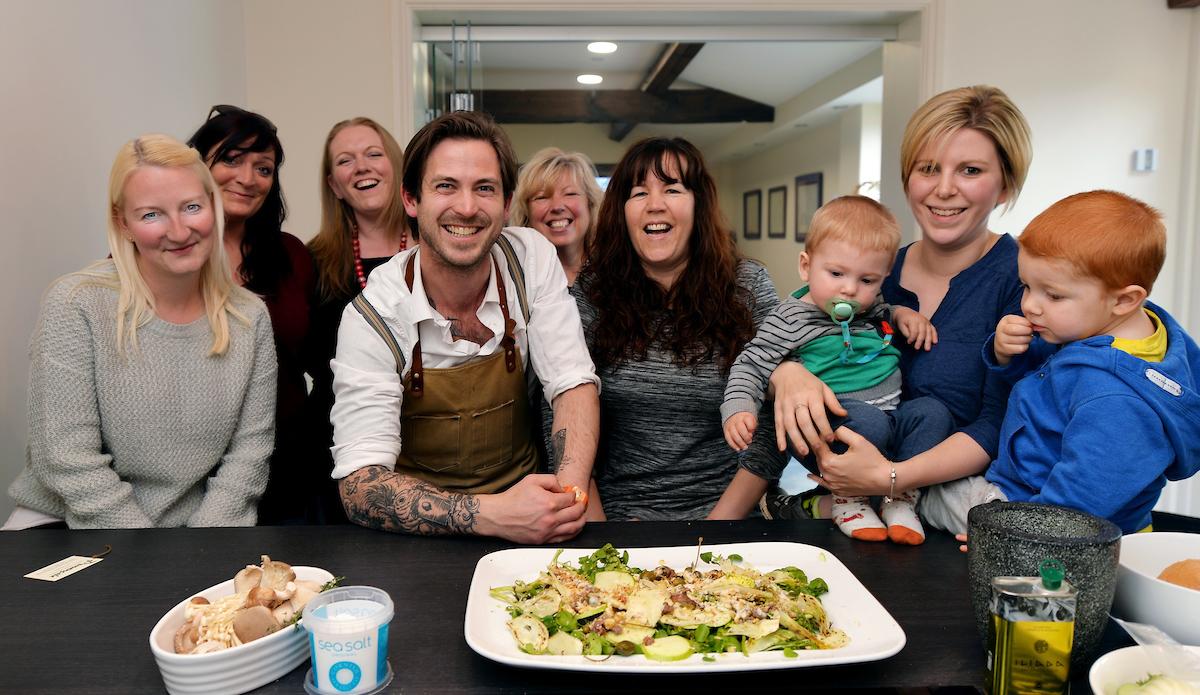
As well as working directly with communities, Sainsbury’s has made changes to packaging in stores. It stopped Bogof or multi-buy deals, introduced snap-pack sausages and started selling potatoes in opaque bags to stop them from going green so quickly.
Reducing food waste is a tricky business. In January, statistics from the Waste and Resources Action Programme, which advises the UK Government, showed household food waste increased 4.4 per cent between 2012 and 2015, missing the target to cut household waste 5 per cent by 2015. That brings the amount of food sent to landfill in 2015 to 7.3 million tonnes, costing UK families £700 per year.
There’s no one clear reason why household food waste has increased, but research shows that areas with more joined-up policies and unified efforts to tackle the problem have better success. Sainsbury’s chose Swadlincote for the trial because it had support from the Community Voluntary Service, local schools, businesses and the council.
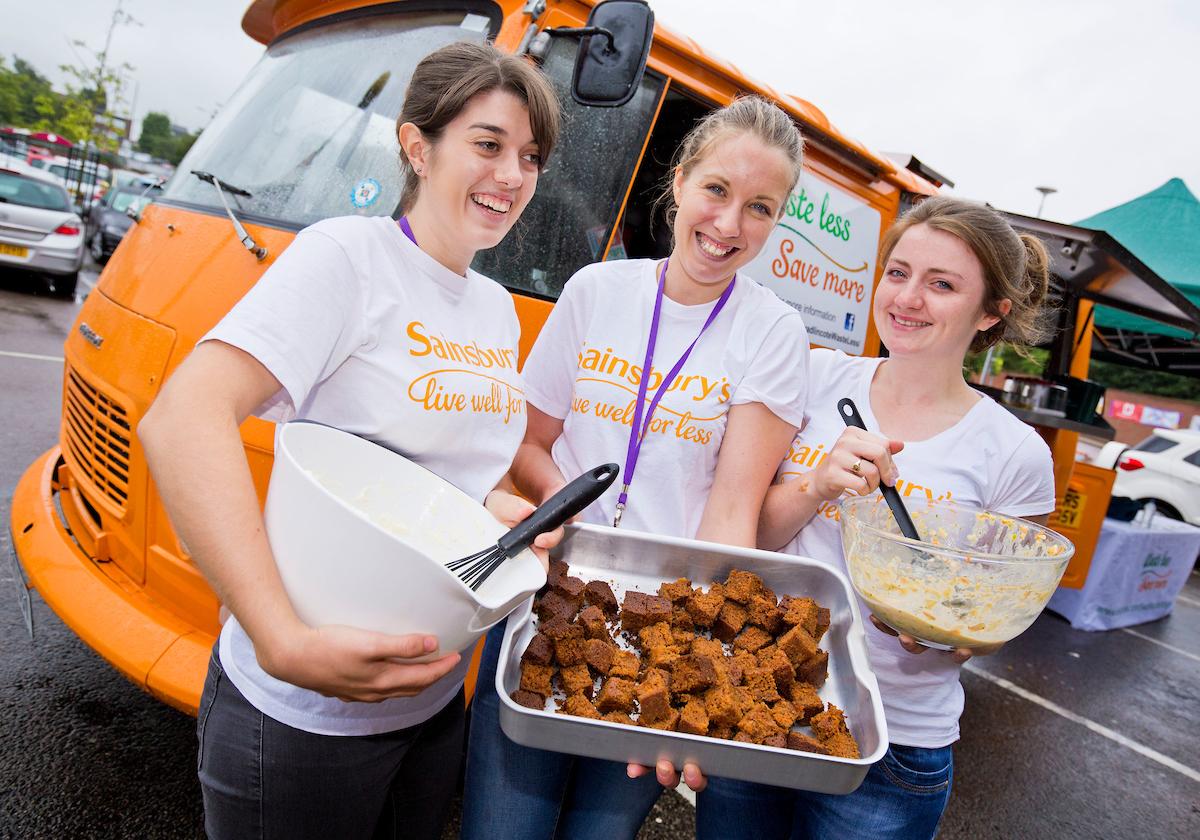
Gillian Coates, who led on the project at the council, said Swadlincote worked hard to win the bid because food waste is a difficult subject to tackle without resources. “People don’t think about the amount they throw away. There’s a blindness to it,” she explained. “The advantage of having a well-known partner like Sainsbury’s is that you have the investment in the community to make people aware of it.”
Edwards got involved when she replied to a Facebook post from the council offering a week’s free shopping to a family of four willing to meet a nutritionist to discuss what they spend and eat. “It felt quite extreme to begin with,” she says. She started by planning every meal and measuring portion sizes.
Soon she was going to cooking classes and using apps including Olio, to swap surplus food, and Winnow, to weigh waste and log its monetary value. Sainsbury’s gave the family a smart fridge with cameras to help them stop overbuying, plus smaller gadgets like Food Huggers – plastic food coverings for food that has been cut – and mats to absorb moisture on fridge shelves.
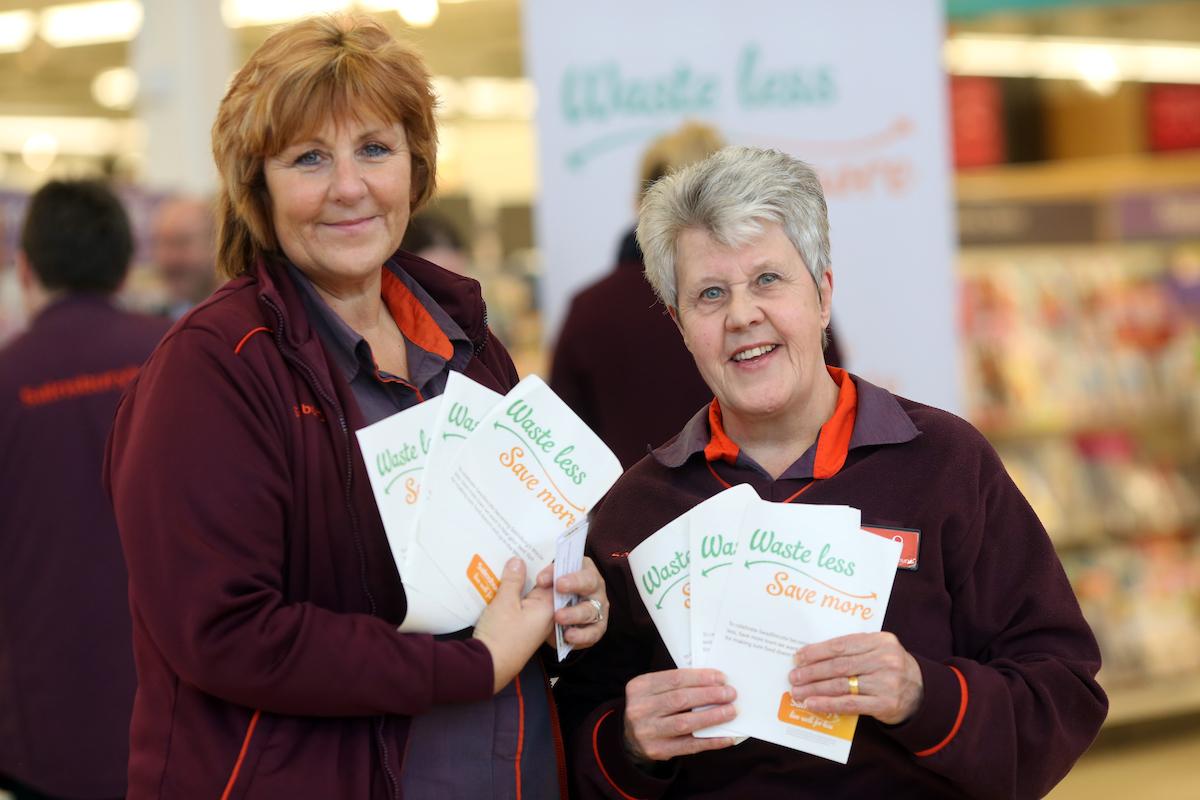
The trial has reached 8,500 people with free gadgets and events in Swadlincote, which has a population of about 32,000. Coates says the council is planning to bid for investment to continue some initiatives. Sainsbury’s has promised further involvement including another year of funding for the community fridge, which distributes surplus food as part of the supermarket’s pledge to send zero waste to landfill.
Not all the initiatives will make it to the next phase of the campaign. Clark says Sainsbury’s has abandoned labels that change colour depending on the freshness of the food, because customers said it was too complicated. “The whole purpose of the project is to test and learn, so identifying ideas that don’t work is just as important as finding those that do,” she says.
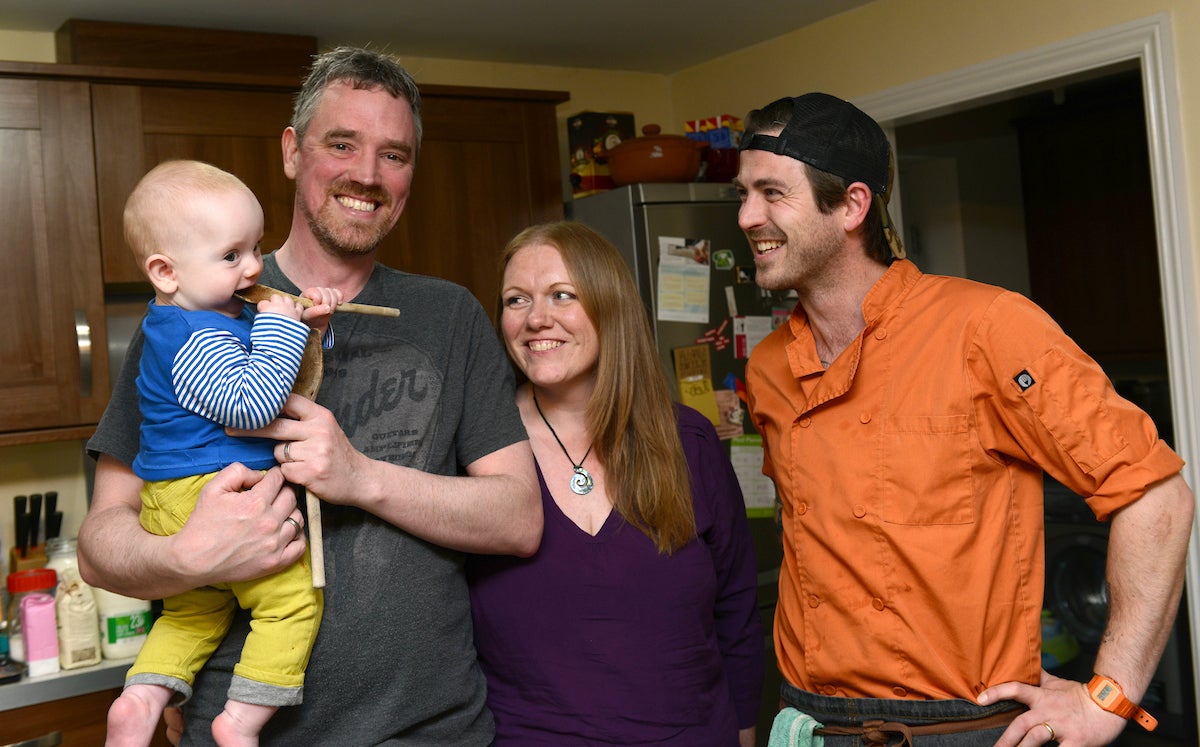
Sainsbury’s has yet to officially abandon the 50 per cent target. But for many of the families involved, the programme has been about far more than numbers. “I’m definitely going to miss it because it’s been really good for the town as a whole,” says Edwards. Since she started the programme, she’s become friends with one of the ambassadors for Olio, who gave her son a birthday present. She’s swapped baby clothes with another family, the Brooks, after bumping into them at different events. She overhears people at her running and netball clubs talking about the products Sainsbury’s has handed out to test. That may be the biggest lesson from Swadlincote: it takes a whole town to cut food waste.
Join our commenting forum
Join thought-provoking conversations, follow other Independent readers and see their replies
Comments